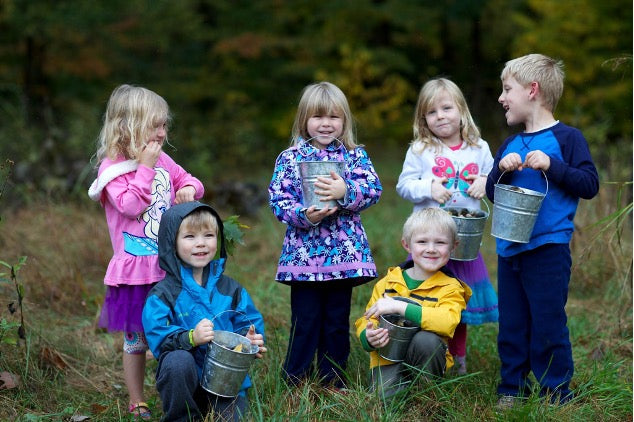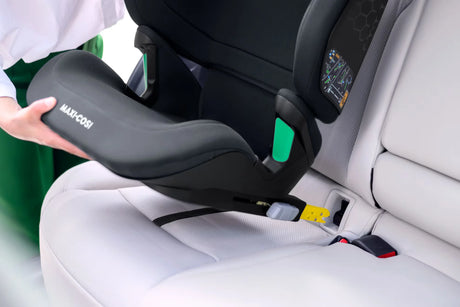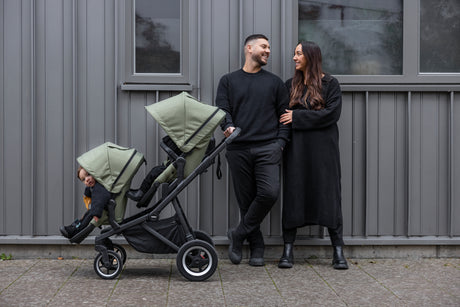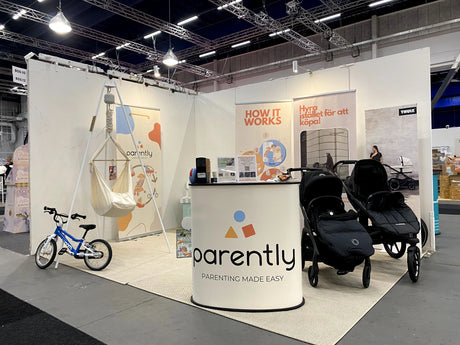When we think about the future, we often think about our children. We want to give them the best conditions for a happy and healthy life. One way to contribute to this is to consider how our consumption habits affect the planet they will grow up on. A growing trend that combines care for our children with care for the environment is the use of circular services. Here are some reasons why it is worth considering and how it contributes to sustainability.
What Makes Parently Sustainable?

Our products are designed to be repairable and reusable without creating waste or requiring new purchases. This principle lies at the heart of circular sustainability, aiming to minimize waste and maximize the utility of existing resources.
Benefits of Circularity
Reduced Environmental Impact
Traditional production of children's products often involves significant environmental impact through raw material extraction, production, transportation, and eventually waste management. Circular products are designed to reduce this impact by maximizing the lifecycle of each product.
Economic Savings
Renting our recycled children's products is often much cheaper than buying new ones. Additionally, you can exchange and test products freely, further reducing costs for new families.
Support for Sustainable Businesses
By purchasing circular products, you support companies that actively work to reduce their CO2 footprint, like Parently. This can contribute to a broader market change where more companies see the value in becoming sustainable. We collaborate with Lund University in their research on circular sustainability.
How Does Circularity Contribute to Sustainability?

1. Waste Minimization
By using and reusing products instead of discarding them and buying new ones, the amount of waste and overproduction of products is reduced. This is crucial for reducing the long-term negative effects on the environment.
2. Resource Conservation
When products are reused or recycled, the need to extract new raw materials is reduced. This helps conserve natural resources and decreases the environmental impact of extraction and processing.
3. Energy and Climate Impact
Manufacturing new products requires significantly more energy than reusing existing ones. By reducing the demand for new products, we can lower overall energy consumption and thus greenhouse gas emissions.
4. Circular Economy
Promoting a circular economy creates new economic models that are not dependent on ever-increasing resource consumption. This is a more sustainable economic model that can contribute to long-term economic stability and environmental protection.
Practical Tips for Starting to Use Circular Children's Products

Choosing circularity is a small step that can make a big difference. By making conscious choices today, we can create a sustainable future for our children. While caring for our children's well-being, we also care for the planet they will inherit.






